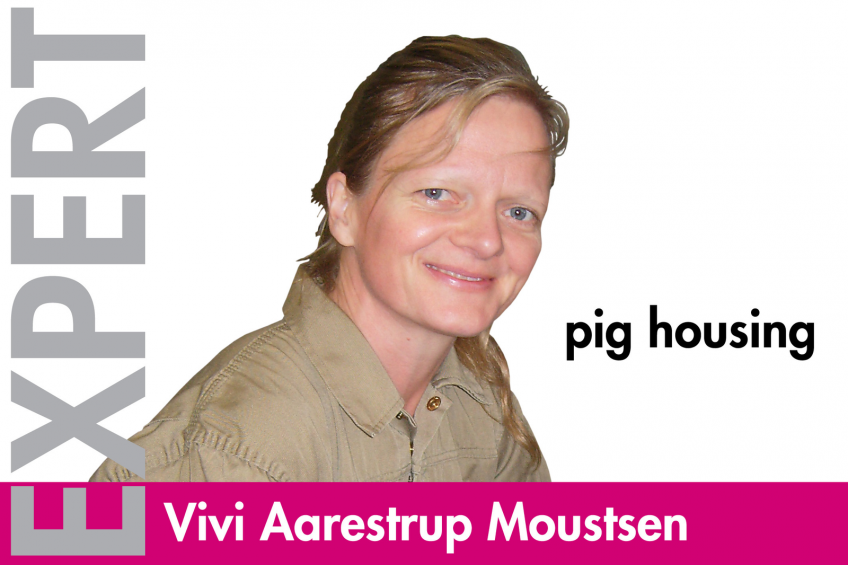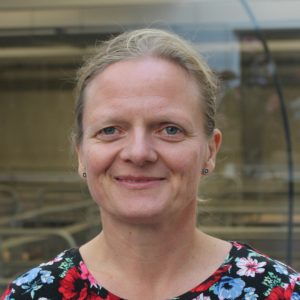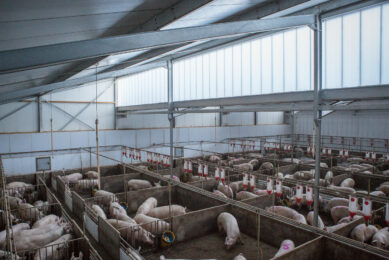Science behind welfare in the pig industry

Expert Vivi Aarestrup Moustsen looks back to the recent International Congress of the International Society for Applied Ethology (ISAE). Sometimes, it is important to look beyond the outcome of certain animal welfare research, she says.
EXPERT
I admire science and scientists – and we need science to develop the pig industry. So I spent a week in July in Edinburgh at the 50thInternational Congress of the International Society for Applied Ethology (ISAE). There were many interesting talks and posters where results of the latest science within animal ethology and welfare were presented.
As I see it, pig farmers and their staff, scientists, society, consumers, politicians, and NGOs – all agree that pig welfare is important.
Who defines animal welfare?
But who defines welfare? What is welfare science? Does it include emotions? Or valence (‘emotion-like’) states? How do we measure welfare? How do we measure impact on welfare of changes in for instance housing or management? How do we implement research results in commercial farms in a way where it improves the welfare of the pigs without compromising the economy of the farmer?
There is no doubt that research and development are key factors for the future – and not the least for successful farming. But in order to develop and make changes, we need to know today’s level and we need to be able to measure the impact of implemented changes. And that raises the question again – how do we measure pig welfare?
Questions, hypothesis and answers
A natural first step in many research projects is to ask questions, then formulate the hypothesis to be tested, and choose a method in which we’ll obtain answers to the questions raised. There are methods that are standard amongst scientists such as ‘novel object’ or ‘human approach test’ and there are others more recent methods to assess the state of individual animals like ‘facial expressions’.
The methods are chosen because they are expected to be the best way to answer the questions asked. And then after the project is completed, conclusions can be drawn.
Pens built based on conclusions
Conclusions form the basis for authorities when they set the conditions for production. But just as important – conclusions are also what the industry use when deciding on how to build future pens etc.
So what happens, if a conclusion states that material A was superior to material B in terms of sows’ nest building behaviour?
Then farmers will try to implement material A and authorities recommend use of material A. But what if the case were that the sows had eaten parts of material B, so this material wasn’t available for nest building – meaning that the sows preferred A compared to B because B wasn’t there in significant quantity and therefore the sows’ opportunity to use this material for nest building was limited?
The conditions matter
Listening to many talks and the questions raised by the audience – I left ISAE promising myself to be humble in the future when reading, interpret and using results for implementation in our work on farms. Naturally the conclusions depend on the questions asked, the methods used, the conditions during the trial – and the alternatives. The conditions matter.











